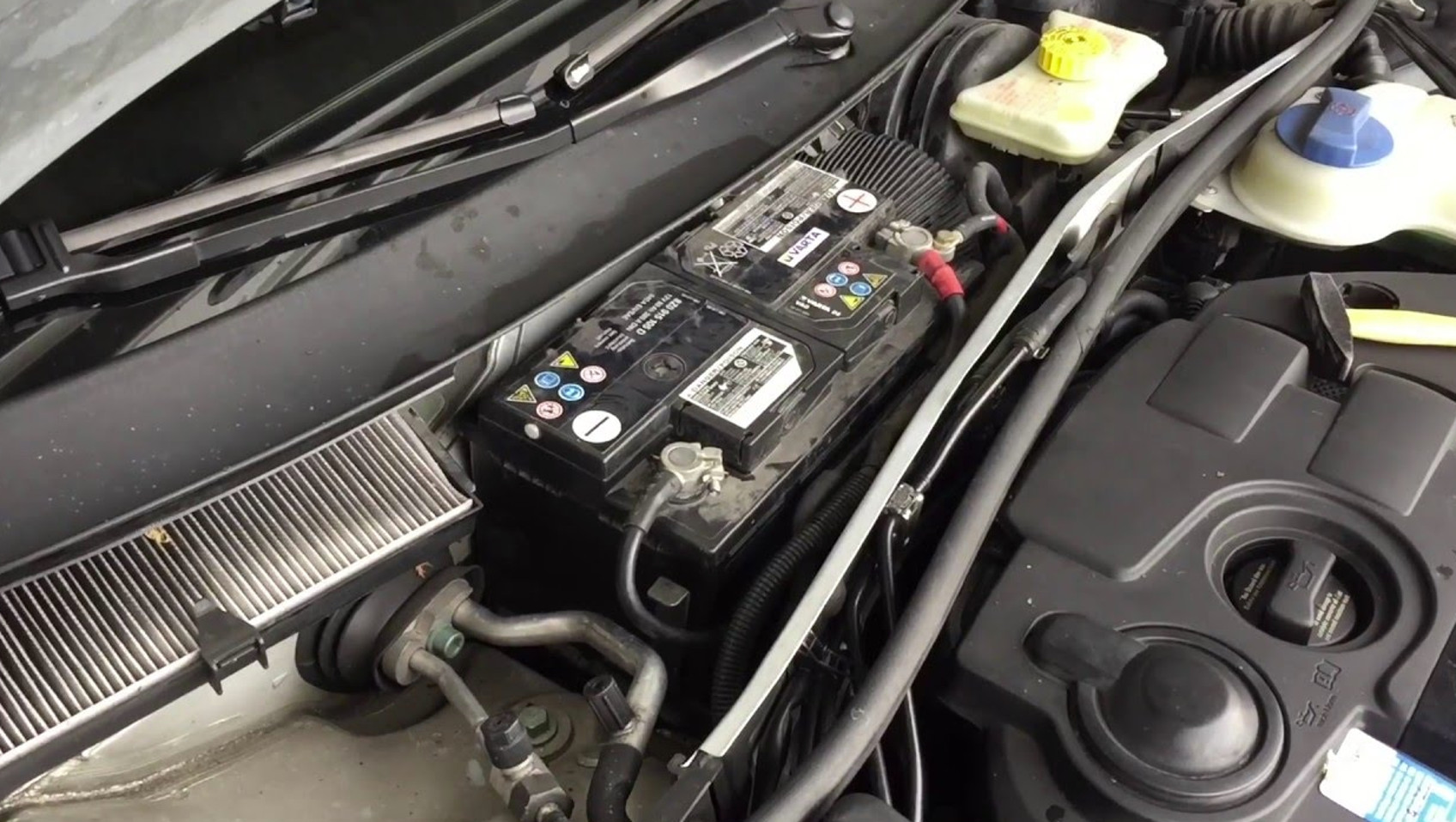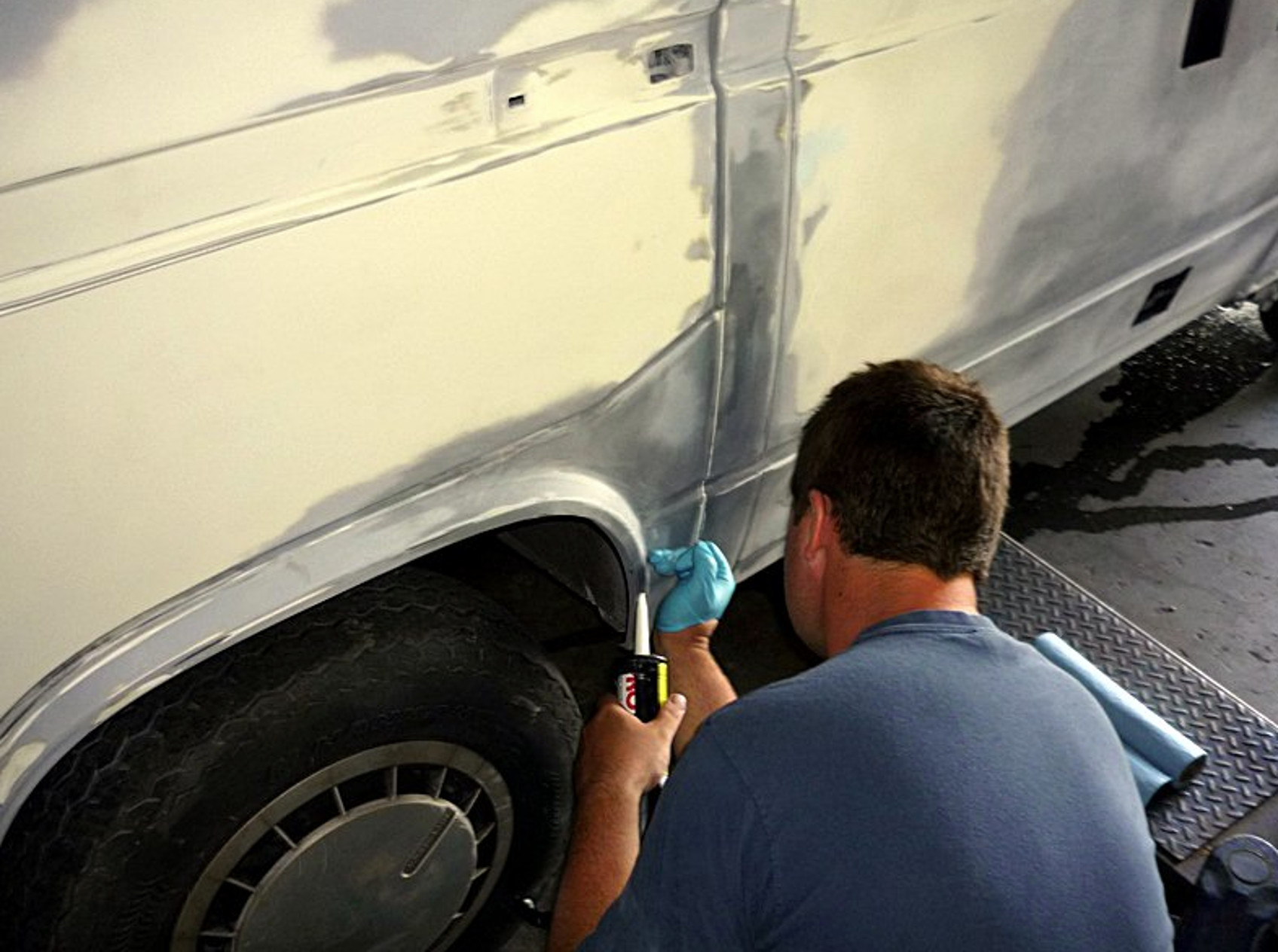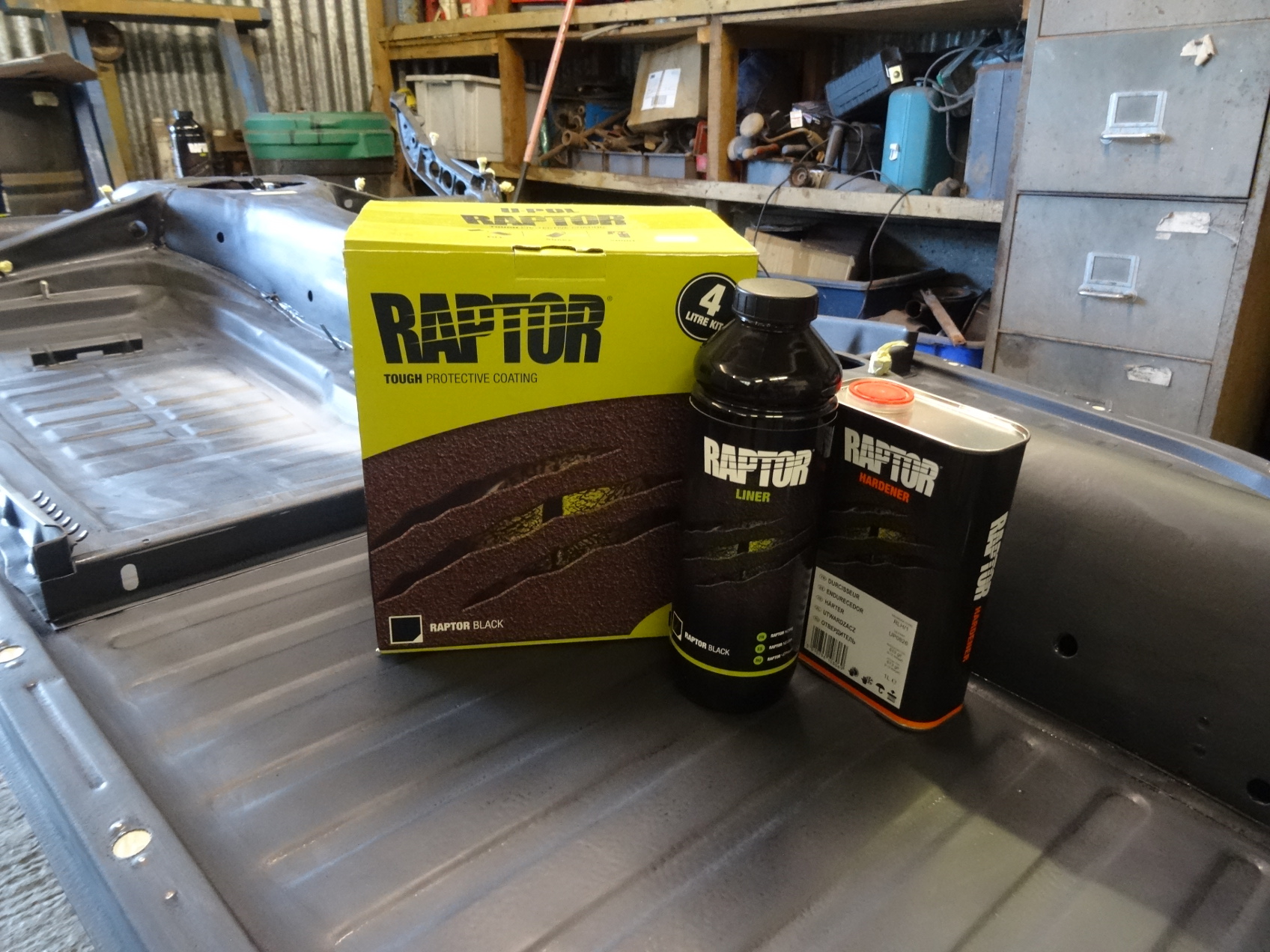Prevention is always better than cure, so here are some tips to help with rust protection on your VW throughout the worst of the winter months ahead…
Wash and brush up
While it might seem futile at this time of year, getting out there with a bucket and sponge to give your car a regular wash and wax will help prevent corrosion. It’s important to do all the areas you can’t see as well such as door shuts, door bottoms and the gutters around the tailgate or boot. Use an appropriate wash and wax product, not washing up liquid. This contains detergent that will strip off existing protective wax as well as salt which will accelerate corrosion.
Check out our range of Auto Finesse Car Care products here.

Under the radar
Don’t ignore the underside of your car, especially where mud gets trapped around the wheelarch lips. Any debris here will stay damp even when the rest of the underneath’s dry and cause the metal to rust. On Beetles, get a hose and stiff brush around the headlamp bowls, bumper hangers and jacking points. Clean any drain holes, especially sunroofs, and pay particular attention to the under the plastic scuttle cover on water-cooled models. If the drains here block, water can flood into the car. If you’re using a high-pressure hose or jetwash, be careful where you direct it – if necessary bag up electrical components to prevent them getting soaked. Also, be wary of forcing water into areas where it wouldn’t normally go by spraying directly at panel seams.

Wheel good
Salt on the roads can play havoc with your alloys, especially if the clear lacquer’s beginning to flake off allowing water to get underneath. The key is to keep your wheels clean, using an old toothbrush to get in to all the nooks and crannies. Then, when they’re clean, apply polish or a specialist alloy wheel sealant to protect them.
Blistering idea
Otherwise incongruous paint blemishes such as stone chips can suddenly blossom into ugly patches of rust in the wet, winter conditions. Therefore, on a dry day or in the workshop, carefully rub down these areas, apply rust inhibitor, primer and touch up paint so they don’t get any worse.

Regular inspection
Volkswagen started introducing galvanised panels from the mid-1990s and factory-applied anti-corrosion protection from this era is far more resilient than it used to be. However, it’s important to carry out regular inspection underneath and treat any areas where the original coating has dried and cracked. If this occurs, water can get in and start rusting away the metal underneath without you knowing. If you notice any problems it’s a case of removing the old coating and as much surface rust as possible (using a wire brush), applying corrosion inhibitor, then applying a new product. A flexible rubberised coating or hard drying rubberised stone chip paint and seam sealer is best. DIY underseal guns work well, but can produce a lot of overspray to mask surrounding bodywork. We published a recent blog about RAPTOR protective coating here.
Plastic not so fantastic
Plastic arch liners on later VWs can offer good winter rust protection. However, where they chafe against a surrounding panel, the paint can rub back to bare metal and rust it. Therefore, it’s wise to periodically remove the liner, clean behind and tackle any problems before they get more serious.
Wax and wane
Wax treatments serve to protect bodywork, so remove trim panels and spray into interior cavities. Don’t do this in excessively cold temperatures because the product won’t be viscous enough to flow into all the small crevices as it should or when it’s damp, because you’ll run the risk of trap moisture underneath. You can buy extension probes hooked up to a small compressor to inject wax protection into any box sections, the sills, chassis legs and bumper mounts. Don’t get any on the exhaust as it will smell and also pose a fire risk. In the past, old engine oil was favoured by those wanting a cheap solution to under body rust protection. However, we wouldn’t recommend it as oils emulsify with water and can drain out of panels, if they drip on hot components, again, you’ll get horrible smells and a risk of fire plus when it drips onto the road it’ll create a nasty hazard for fellow motorists.

Never too late for rust protection
While we’re already into winter, it’s never too late to carry out winter rust protection. After all, not wanting to be the harbinger of bad news, there’s likely to be even worse weather ahead! On a more positive note, if you take a weekend out now preparing your car, you can sit back and relax for the rest of the winter safe in the knowledge that you’ve done all you can to keep your pride and joy properly protected.
Ian
The opinions expressed here are the personal opinions of the author and do not necessarily represent the views and opinions of VW Heritage.



Equipments at manufacturing plants which are used in damp or water filled areas are vulnerable to rust and corrosion if they are not given sufficient protection. A custom protective coating can slower the oxidation process and give a longer life to the assets.
Nice!! Get high-performance spray coating as per your choice. Protect your vehicle by coating. Spray coating is the best option for protection of vehicles.
Very nice, Spray coating is actually the best option available in market